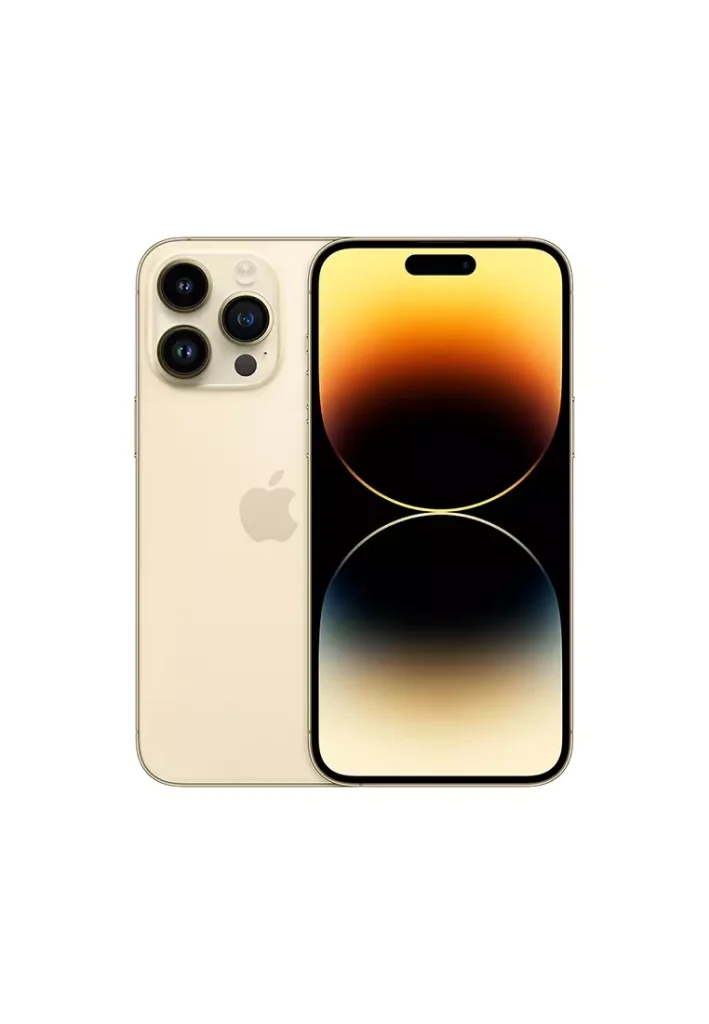Exploring iPhone 15’s Pro and Non-Pro Versions
The release of the iPhone 15 for pre-order has been a source of debate for potential upgraders. The new model comes with a variety of new features that include a camera with a resolution of 48 megapixels and the debut of USB-C technology.
Yet, it’s crucial to think about the fact this: Apple’s iPhone 15 comes with a significantly higher cost in comparison to the iPhone 5. The question is: can the additional cost be justified? Take a look.
“Exploring the Value of the iPhone 15 128GB Upgrade” The iPhone 15 and its Pro model share a few similarities to last year’s models, but they have more powerful cameras and processors that are more powerful. Furthermore, they’ve lost some pounds, with Pro versions sporting a fresh titanium frame. This is the same material used in the Mars Rover. This has led to an elegant and lightweight style.
The most notable change is the inclusion of USB-C support. This allows compatibility with your existing USB-C cables, though charging could be more slow.

But, choosing the iPhone 15 that is not Pro-grade means that you’re sacrificing some features. The iPhone 15 won’t feature the feature called dynamic island, that shows notifications and Live Activities on your home screen. In addition, you’ll be restricted to a 60 Hz display refresh rate. This is an area that Apple’s devices are way over their competitors. However, there’s talk of a new “Ultra” model that aims to solve this issue and will also include a 2TB storage option, as well as an 8K perspectroscope camera.
“Performance Comparison: iPhone 15 vs. iPhone 14” At first glance, the standard iPhone 15 may not seem substantially different from the iPhone 14 in terms of the design or size. Yet, iphone 15 128gb gia bao nhieu it has significant improvements in performance and has superior cameras. Equipped with a new 48MP image sensor, it permits to take high-quality and detailed photos.
Additionally it is the iPhone 15 features the advanced A16 Bionic chip, which is usually reserved for high-end devices. It provides more fluid performance while streaming, swiping, and gaming.
The other notable distinction is the iPhone 15’s more spacious 6.1″ Super Retina XDR display which includes HDR support. This displays brighter and more vibrant visuals. Additionally, it comes with Dynamic Island making sure that notifications and Live Activities are clearly evident. Also iPhone 15 comes with USB-C ports. iPhone 15 incorporates a USB-C port that allows for quicker charging and data transfers, along with waterproofing and a stylish appearance with color-infused glass and aluminum.
“Enhancements in iPhone 15’s Camera Compared to iPhone 14” Apple’s iPhone 15 series introduces significant camera upgrades that were absent in iPhone 14 models. iPhone 14. The improvements include Dynamic Island as well as with a massive 48MP main camera as well as USB-C connectivity in particular. These features are popular with photographers, videographers, and those looking for a high-end smartphones.
The primary camera of 48 MP in the iPhone 15 excels at capturing detailed details. This is an enormous enhancement over the sensor of 12MP of the iPhone 14. The iPhone 15 comes with an upgraded telephoto lens zoom capabilities are significantly enhanced. In addition, the support of HEIF image formats means smaller file sizes without compromising the quality of images.
In the end, the iPhone 15 offers substantial improvements which makes it a tempting option for the majority of current customers. But, people in search the best quality phone may want to consider using the iPhone 14, which boasts an excellent telephoto camera, impressive performance, as well as the convenience of a USB-C port–all with a price tag that is lower that an iPhone 15. So, for the vast majority of users, upgrading to the iPhone 15 this year appears to be a sensible decision.
“Unlocking the iPhone Storage Dilemma: iPhone 15 128GB vs. iPhone 14 128GB” Much like its predecessors it’s the iPhone 15 series is not equipped with the ability to use a microSD card for an expandable storage. The result is that users have to choose between buying an USB-C compatible drive or using iCloud to expand their capacity of storage, specifically if you are involved in tasks like taking high-resolution images and videos, copying media or enjoying mobile gaming.
The 128 GB capacity should suffice. However, those planning to shoot 4K videos or keep a large offline media library could lean toward the 256 GB version.
The ideal storage capacity for the iPhone is determined by the user’s individual needs as well as usage habits. If video recording has to take place in the background and you prefer to stream music and movies and music, then a 128GB iPhone should meet your needs. Additionally, you can expand the storage capacity of your iPhone with more iCloud storage at only $120 per year and can be shared with family members, simplifying taking care of your phone’s storage.
